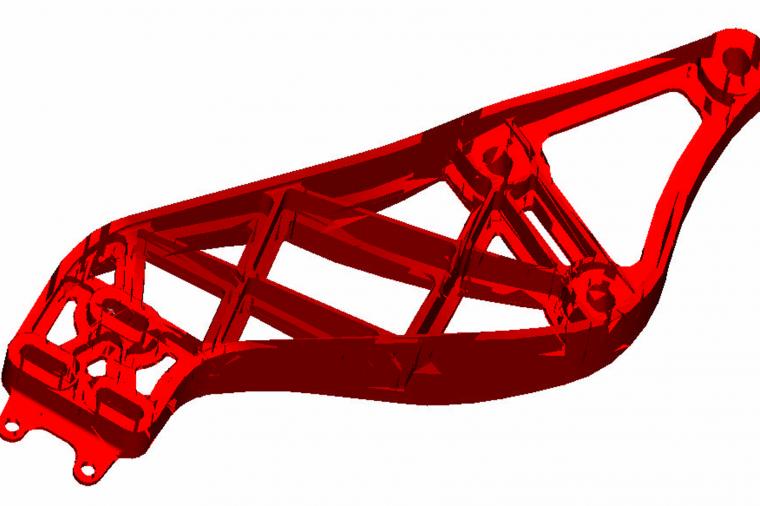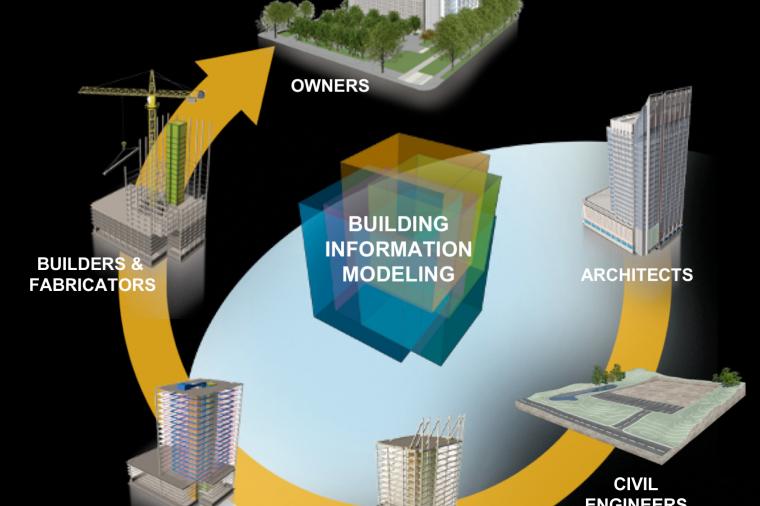Digital Design
CAD News for Govies is a new feature on Acronym that scans thousands of industry articles to present you with a regular source of CAD and GIS news, information and ideas that impact the public sector.
Digital Design
Digital infrastructure, big data, and emerging markets are shaping building information modeling (BIM) and redefining the way engineers work today. The question is, how?
Digital Design
CAD News for Govies is a new feature on Acronym that scans thousands of industry articles to present you with a regular source of CAD and GIS news, information and ideas that impact the public sector. Here’s the latest round-up:
Digital Design
Back in March, Autodesk announced its new 2014 software release. If you haven’t had a chance to learn what’s new in the 2014 line-up, help is at hand. Donnie Gladfelter (aka The CAD Geek) at CADD Microsystems, an Autodesk Platinum Partner and long-term friend of Acronym, has been busy blogging away for the past month offering an inside look at the new solutions.
Digital Design
CAD News for Govies is a new feature on Acronym that scans thousands of industry articles to present you with a regular source of CAD and GIS news, information and ideas that impact the public sector.
Here’s the latest round-up, May 1, 2013.
Digital Design
If your agency has decided on a BIM process and a technology to support it – how do you know if your BIM process is efficient? Are you getting every benefit available?
Here are some simple checks, recommended by IMAGINiT Technologies, that you can follow to determine whether you’re getting the most out of your investment in BIM:





